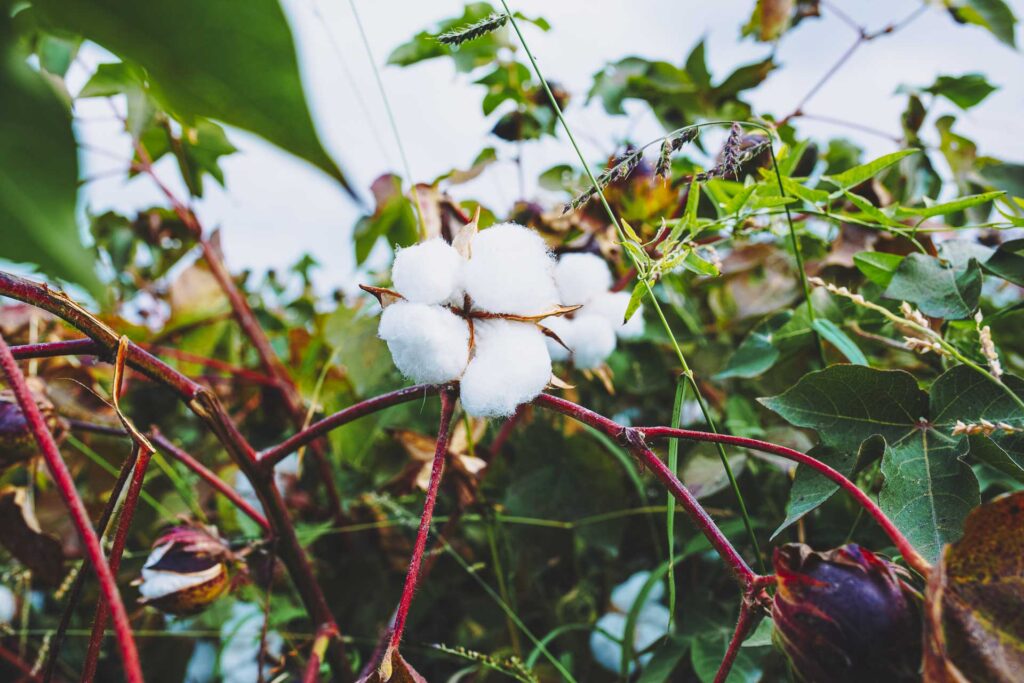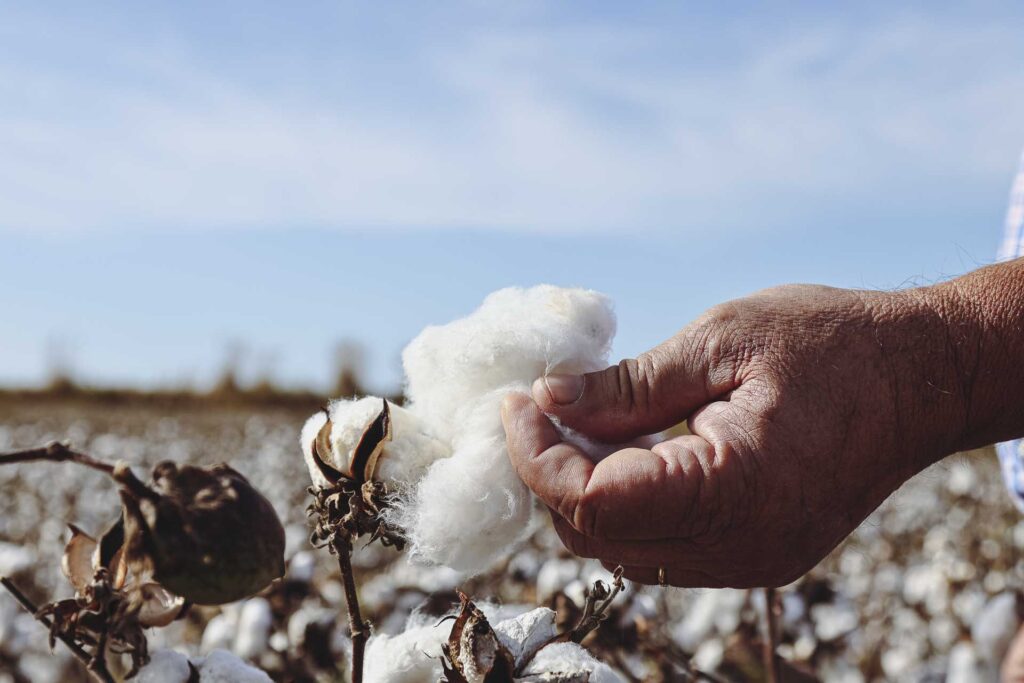EU COTTON
Circular Economy
Cotton processing within the European Union abides by the circular economy principles, thereby reducing environmental impacts and enhancing energy efficiency.
Energy Efficiency
The use of renewable energy sources in cotton processing significantly reduces the carbon footprint of the product.
Use of by-products
Cotton by-products are used as raw materials in other industrial applications, thereby reducing waste and increasing the value of crop production.

